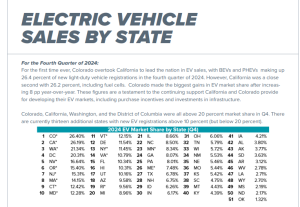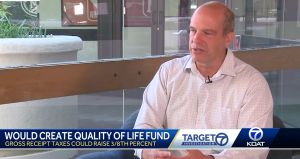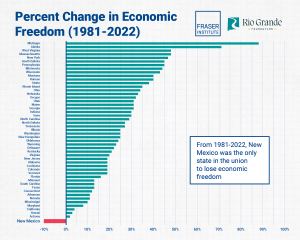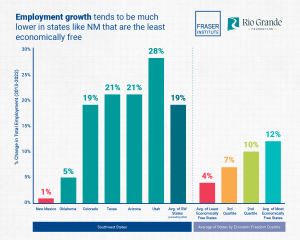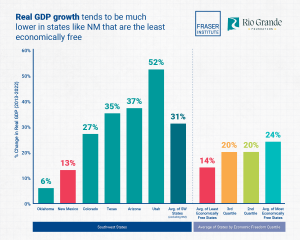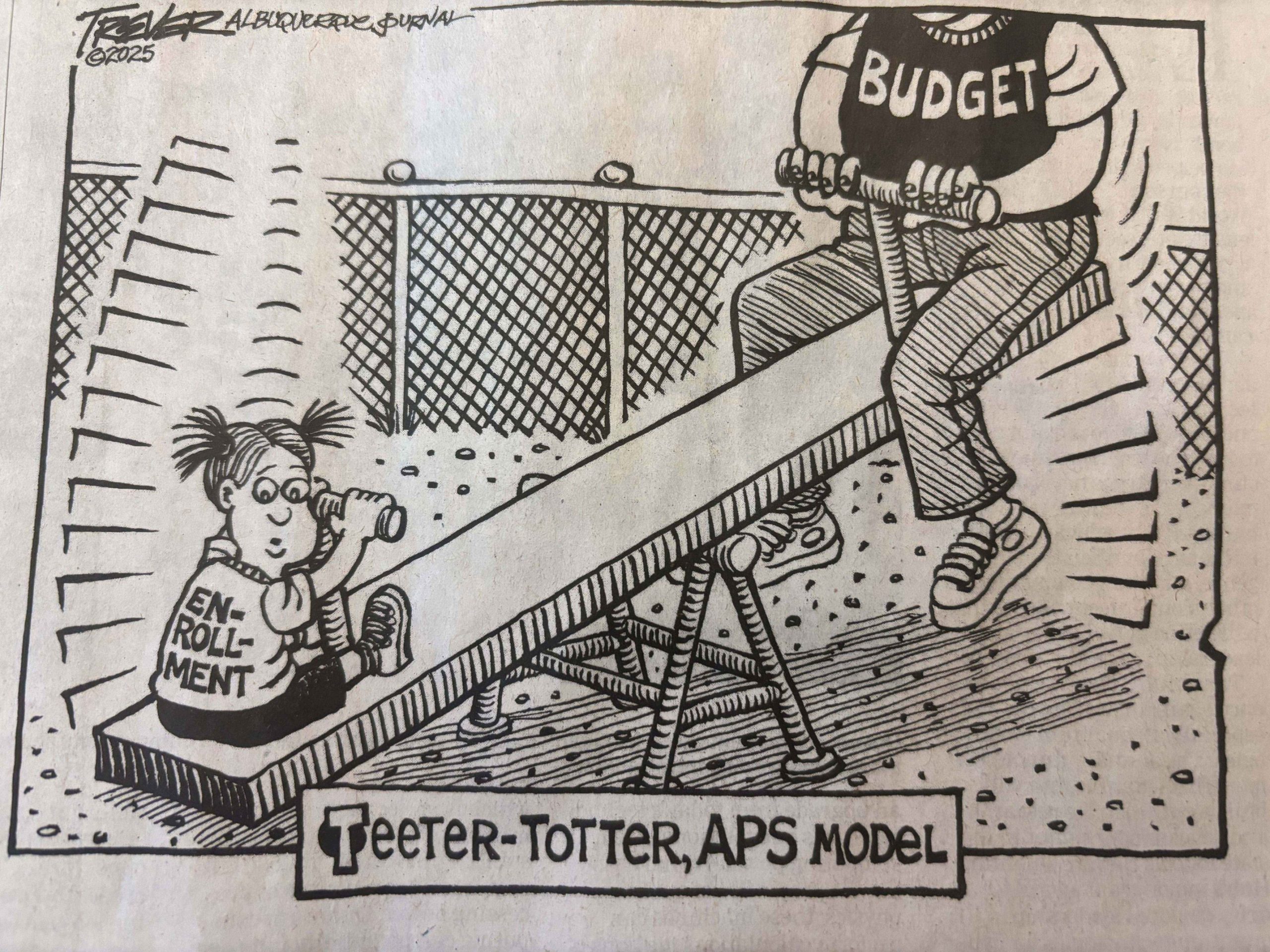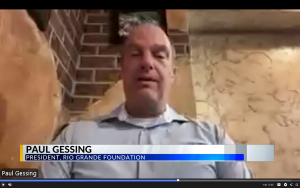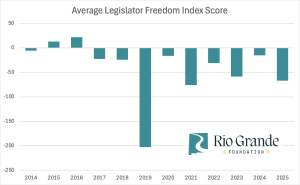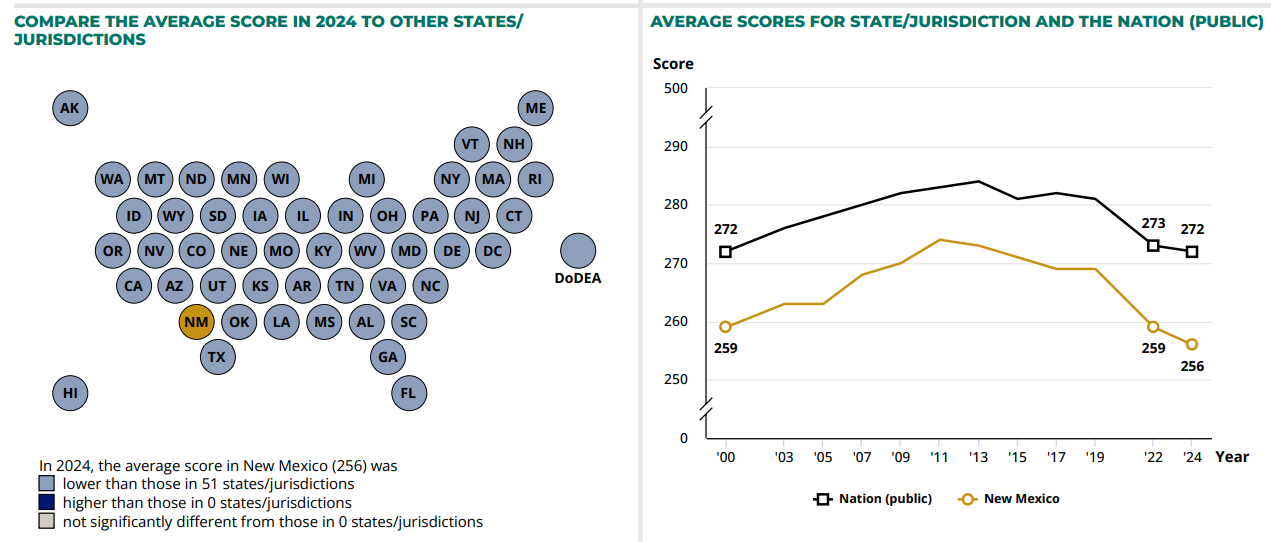Commentary by Kenneth Costello
Costello is an adjunct scholar with the Rio Grande Foundation
What societal purpose do private companies serve, and what are their roles in society? Those questions are fundamental to the topic of corporate social responsibility (CSR) or the interchangeable term “stakeholder capitalism.” One generic definition of CSR is a company integrating the interests of those directly or indirectly affected by it (e.g., the community as well as its customers and investors) into its business model and activities. Those affected are referred to as “stakeholders”, which is the reason for labelling CSR as stakeholder capitalism.
As I discuss below, the concept of stakeholder capitalism is redundant: in free markets, successful companies must accommodate the interests of their customers, investors and employees and not do serious harm to their communities. That, in fact, is one of capitalism’s
most admirable aspects, which many politicians, NGOs, and the general public often fail to recognize. Government-induced (or hereafter “contrived” because of mandates or out-of-market incentives) CSR activities involve companies doing many of the things that markets demand them to do but less effectually. 
In other words, CSR, reflecting the preferences of a company’s customers, employees and investors, is the preferred approach for achieving many of the goals in a contrived CSR world. The latter world contains fundamental problems that either (1) ironically, act at odds with the intended goals or (2) leave the job of addressing social problems like climate change and income inequality in the hands of a company’s management and their boards, who have dubious incentives to execute this task effectively when it lies outside its financial interest.
We observe that when companies get entangled in political matters, they will become vulnerable to criticism by their customers, employees, investors and others who now recognize them simply as an extension of government. This relationship resembles “corporatism” where the
government acquires more control of large companies, who reciprocate with undue influence over the government. Under corporatism, the private sector coordinates its activities with the government for social purposes. This has become increasingly true for regulated utilities who
have become more like social agencies.
Why would companies want to place themselves in that predicament, jeopardizing their financial well-being and independence? Yet, some companies with social activists on their boards or in management have done just that.
While contrived CSR may seem appealing to some, it has both latent and transparent costs. The
major ones are a short-term focus on politically related matters, less management accountability, and diminished efficient resource use from a weakened profit motive.
Companies spend substantial sums of money to block legislation and regulations that would coerce them to address social problems. Why then should we expect them to mitigate those problems under a contrived CSR regime? By agreeing to a “social agenda” but executing it
languidly, company managers may believe that they can forestall injurious (from their perspective) governmental actions and improve their public images. It is folly to think that companies will take seriously the advancement of objectives that jeopardize their financial
condition.
As a practical matter, it would be extremely challenging for companies to balance the conflicting interests within and between stakeholder groups. While multiple “stakeholder” groups have been identified, no one person is representative of any one of them. Individual investors, for instance, are heterogenous, meaning that some may favor CSR-like actions while others would oppose them. The same is true of employees: some are childless and consider family leave policies worthless; others would rather earn higher wages than have access to on-site daycare. Advocates of contrived CSR actions seem to presume that individual “stakeholder” groups are monolithic. Prioritizing the diverse interests of different stakeholders can be so overwhelming, convoluted and counterproductive that companies focus less on their core purpose of profiting from selling goods and services that consumers want. Instructive here is the phrase “accountability to everyone means accountability to no one.”
Contrived CSR actions can insulate management from accountability and managerial slack (e.g., inflating costs). Such actions obscure poor financial performance: a company can claim to be “socially responsible” even when losing money and continuing to raise funds from socially
conscious investors. Imposing multiple objectives and performance criteria on a company weakens managerial accountability, thereby aggravating the principal-agent problem that presently exists between shareholders and managers.
Would not society be better off by separating the actors who undertake money-making activities from broad-based social activities? One must ask: what expertise or capabilities do companies have in deciding how to address social problems that should fall under the auspices of government? Wouldn’t it be better for individual shareholders to dispose of dividends in the ways they see fit than requiring them to cede responsibility to others who might prefer to support the local opera rather than the local foodbank?
Stakeholders can reveal their preferences for social-responsibility objectives either directly through market transactions or via politically through lobbying and voting. I argue that the preferred source of CSR is market driven. As a “bottom up”; approach, it places top priority on pricing and market incentives. Its flexible rules accommodate the demands of individual market players. One example is the market processes that allow companies to charge higher prices for healthier products in line with consumers’ demands.
Companies should spend money on social problems only in response to the demand of their customers, investors and employees. We have already seen market participants revealing their preferences for environmentally friendly products by buying them, investing in companies th at supply them and offering their labor services for lower wages and salaries than what they could earn elsewhere. For example, investors can choose companies that best mimic their personal values; they can vote by buying or selling company stock, rather than letting managers/boards impose their own preferences on them.
There is really no difference between consumers paying more for a food product that looks more appealing or is healthier than consumers paying more because, say, the company lowers its carbon footprint. The reason for consumers paying a premium for low-carbon products is immaterial. If enough consumers are willing to pay premiums for cleaner air or “fair-trade” coffee, profit-seeking businesses will deliver those goods.
If market participants value noneconomic goals, companies that combine the profit motive with environmental and other concerns can thrive and even prosper more in a competitive environment. Shareholders should retain primacy, but they also should have the right to push for
different objectives if they so prefer.
Shareholders, of course, may disagree over what company policies can best achieve greater wealth for them. Some may prefer the company to maximize short-term profits while others take a longer view. Concerning nonpecuniary objectives, shareholders exhibit even greater heterogeneity: some may ascribe no importance to them while others place a personal value on them. Within the last group, shareholders would have different priorities.
For example, a subgroup may value more the company’s carbon footprint; another subgroup may assign a higher value to the company having a diverse workforce. The difficulty is aggregating these divergent values to reveal the collective preference of investors. This reality supports having individual investors choosing what companies to invest in, rather than investors jointly dictating their preferences to company management and the board on social issues.
Voluntary market transactions profoundly epitomize the economic situation where sellers and buyers cooperate in consummating a mutually beneficial deal. How could one dispute that this would not improve social welfare?
Just as society should not engage in activities that the private sector can do better, the private sector should avoid social activities that are better addressed by government. Many if not most people probably would agree that government should take on the responsibility to identify and redress social problems. A caveat is that the marketplace, not government, often can better address some of these problems.
For example, economic growth stimulated by profit-maximizing companies may be the most effective factor in mitigating poverty; and bottom-up, market-based approaches (rather than command-and-control regulations) can be more feasible and effective in addressing climate change, especially when prices reflect prevailing supply and demand conditions. These approaches include adaptation based on the pricing mechanism and the provision of “clean products” by companies at the demand of consumers.
A company advances its interests when it treats stakeholders well. A company can engage in goodwill to improve its profitability. Competent management cannot ignore the interests of customers, workers, investors and the local communities if it wants its company to survive.
Finally, let us not forget the wisdom of Nobelist George Stigler with something he said over 50 years ago: 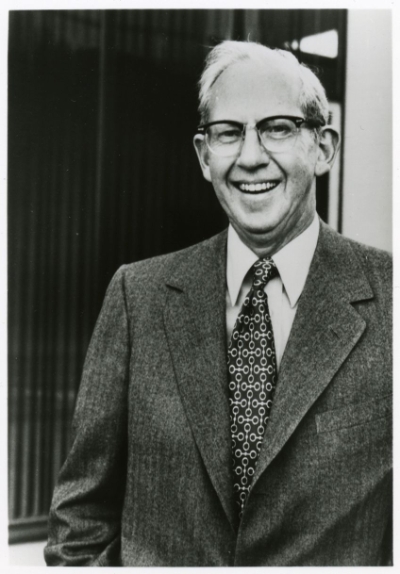
Let our businessmen return to making shoes and locomotives and toothpaste. Let us not seek to transform the greatest economy in all history into a third-class welfare agency. Let the reformers address their schemes, whether noble or ignoble, to the real
source of power, the public [sector], and to the real administrators of that power in our society, the leaders of the political system.
![]()

